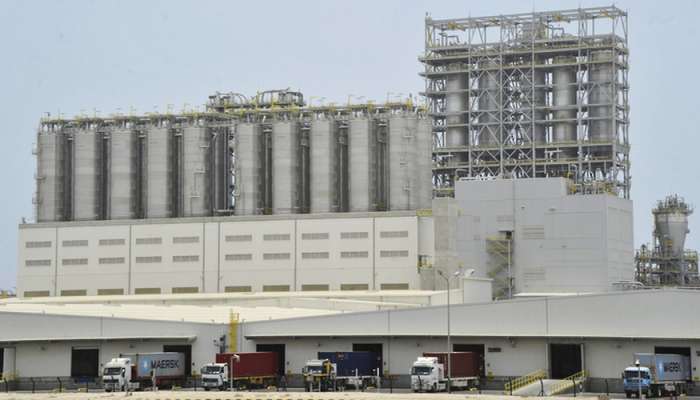The producer price index in the Sultanate of Oman has increased by 3.3% in the second quarter of 2024 compared to the same period in 2023, according to data from the National Centre for Statistics and Information. The prices of mining and quarrying group saw a rise of 5.2%, while crude petroleum and natural gas products increased by 5.4%. Metal ore products also experienced a 6.2% hike, but the price of stone, sand, and clay fell by 1.6%. Within the manufacturing industries group, prices rose by 0.5%, with various subgroups experiencing decreases in prices.
Among the subgroups, the transportable goods group saw a rise of 1.1%, while metal products, machinery, and equipment fell by 1%. Food, beverages, and textile products, on the other hand, rose by 2.4%. The prices of electrical energy and water groups increased by 2.2% and 5.5%, respectively. These fluctuations in pricing highlight the changing economic landscape in Oman and can have wide-reaching implications for businesses and consumers alike.
The increase in producer prices in Oman suggests a growing economy with demand for various products. This could be indicative of increased industrial production or rising consumer spending that is driving up prices. These changes in pricing could impact businesses operating in Oman, as they may need to adjust their pricing strategies to remain competitive in the market. Consumers, on the other hand, may feel the effects of rising prices on their purchasing power and overall cost of living.
The rise in prices for mining and quarrying, crude petroleum, and natural gas products reflects the importance of these industries in the Oman economy. These sectors play a significant role in the country’s overall economic growth and export revenue. The increase in metal ore prices also points to a possible rise in demand for metals, which could be driven by factors such as global market trends or local infrastructure projects.
On the flip side, the decrease in prices for stone, sand, and clay could be attributed to fluctuations in supply and demand for these materials. This could have implications for construction projects and infrastructure development in Oman. The decrease in prices for metal products, machinery, and equipment may indicate a slowdown in certain sectors or a shift in consumer preferences towards other types of products.
Ultimately, the producer price index data provides valuable insights into the economic trends and dynamics within the Sultanate of Oman. Businesses, policymakers, and consumers can use this information to make informed decisions about investment, pricing, and consumption patterns. By understanding these pricing dynamics, stakeholders can better navigate the changing economic landscape and position themselves for sustainable growth and development in Oman.










